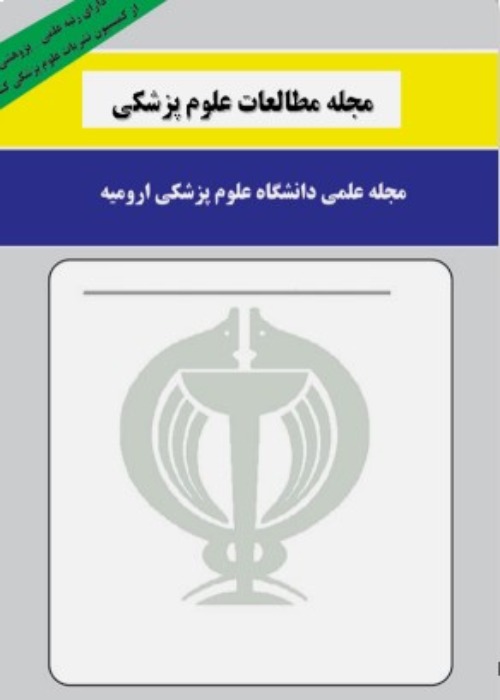COMPARISON OF THE OUTCOMES OF INHALATIONAL ANESTHESIA IN CHILDREN UNDERGOING INGUINAL HERNIA REPAIR UNDER GENERAL ANESTHESIA
For hernia surgery and to induce general anesthesia in children, pediatric venipuncture is needed. The venipuncture process in the children can lead to damage (destroy) of the vein due to many reasons, including fear, restlessness and the child's excessive movements. The aim of this study was to compare the results of inhalation anesthesia in children undergoing inguinal hernia repair surgery under general anesthesia.
In this randomized, single-blinded, prospective clinical trial study, 70 children aged 2 to 6 years who volunteered for inguinal herniorrhaphy were divided into two groups of 35 people in the children's operating room of Shahid Motahari Medical Training Center in Urmia. In the intervention group, peripheral venous catheterization was performed with induction of inhalation anesthesia by 8% soflurane along with oxygen and nitrous oxide, but in the control group, peripheral venous catheterization was performed without induction of inhalation anesthesia and awake. Randomization of intervention and control groups was done with Random Allocation software. Chi-square test was used to compare the frequency of studied variables between two groups. Independent t-test was used to compare the average intensity of restlessness between the two groups. Data analysis was done using SPSS 20 software and the significance level was considered less than 0.05.
The average time of intravenous insertion in the group receiving soflurane was 25.03 ± 21.996 and in the group not receiving soflurane was 254.21 ± 154.913. The difference in the average time of intravenous insertion of the patients in the study between the two groups receiving soflurane and not receiving soflurane was statistically significant, and this average value was much higher in the group not receiving soflurane than in the group receiving soflurane. There was a significant difference between the two groups in the variable of intravenous insertion time (P=0.0001).
Children induced with soflurane need more sedative drugs such as midazolam or combination of midazolam with other drugs. In terms of nausea and vomiting, soflurane has little nausea-causing properties, although is more common in soflurane compared to some drugs such as propofol.
- حق عضویت دریافتی صرف حمایت از نشریات عضو و نگهداری، تکمیل و توسعه مگیران میشود.
- پرداخت حق اشتراک و دانلود مقالات اجازه بازنشر آن در سایر رسانههای چاپی و دیجیتال را به کاربر نمیدهد.



